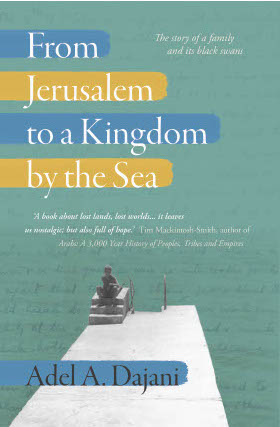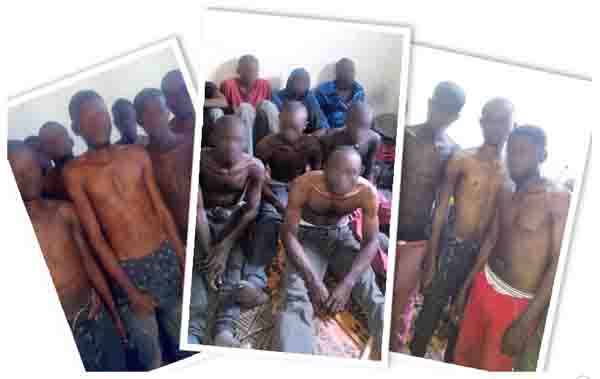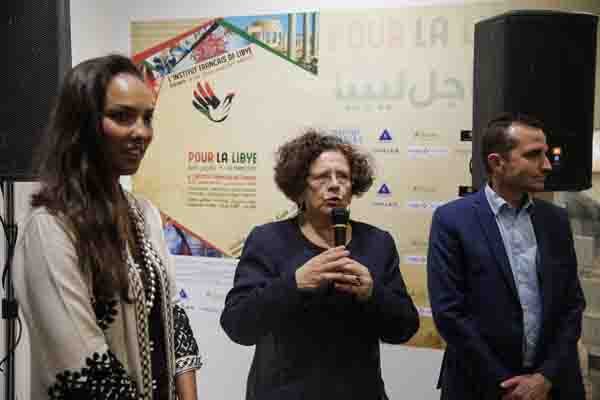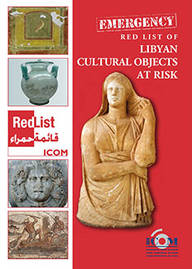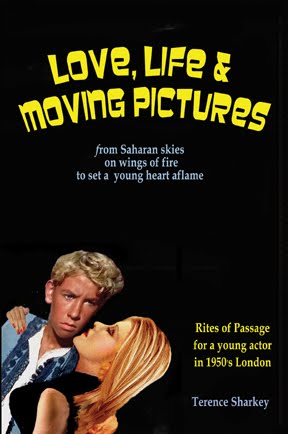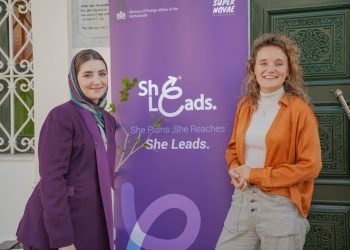By Michel Cousins, Editor-in-Chief
Tripoli, 21 August.
Something was clearly different. Everyone around seemed to be wearing new clothes. Girls in bright new . . .[restrict]sequined frocks with shiny shoes, ribbons in their hair, and carrying little handbags. Boys in pristine suits, with white shirts and flashy ties. Both were being accompanied by their fathers who were similarly cutting a dash in a smart Italian suit.
I had not seen anything like it before.
It was 1958, I was seven and my mother and I were walking along from the flat in Shara Ennasr, past the King’s Palace and down towards the Waddan Hotel and the seafront to visit some Libyan friends.
It was not till we reached the corner of Dahra Street, not far from what then was the American embassy that I asked the question.
“Why is everyone wearing new clothes?” I asked my mother.
“Because it’s Eid,” she replied.
Ramadan I knew. Libyan friends at school – Tripoli College in Sidi Mesri – did not join us non-Muslim foreigners for lunch as they did during the rest of the year. We were told too by teachers not to do anything that would cause extra work for any Libyan staff “because they were fasting”.
But Eid at that point had not sunk into my juvenile consciousness.
My response to my mother’s answer was a short silence, followed by “Why can’t I have new clothes?”
My mother’s answer, that we were not Muslims, that this was their festival, cut no ice.
I knew that we were Christian and went to the Anglican church next to Bab Al-Aziziya barracks and that my Libyan friends at school and around where we lived were Muslims and went to the mosque, although which one I was not quite sure. As to the difference was between Christians and Muslims I did not know that either. Nor was I much interested. They were, after all, my friends. That is what counted.
But what mattered most at that point was that they had new clothes and I did not. Anyway had they not come to the Christmas party my mother had organised four months earlier — and been given presents? No one seemed to worry about it then. So, I wanted to know, why could not I join in their party now.
The unfairness of it all seemed all the stronger when we arrived at the friends’ apartment on what was then Shara Adriaan Pelt. Zarouq Senoussi, who was a year or so older than me, was very proud in his new outfit. And he wanted to know why I was in my usual clothes. I was sullen bordering on rebellion. And to make it worse, he had a new toy.
If memory serves right, there was a fight, I lost, the toy was broken and I was taken home in disgrace.
The next day we were back at the Senoussis’, with a brand new toy for Zarouq bought at what was then Tripoli’s best toy shop, just off the top end of Istiqlal Street. I think it was called Giocari. I had to give it to him and say I was sorry, which I hope I was.
But it must have been a lot easier saying it because I had a new toy as well.
But the next year, at Eid, my mother was well prepared. There were new clothes for me, so that I would not feel left out. Either that or my mother did not want a repetition of my disgraceful behaviour. The result was that there I was, walking down Shara Adriaan Pelt to which we had since moved, probably the only non-Muslim child in Tripoli dressed in his Eid best.
There were new clothes again the next Eid in 1960. But that was the last year of it. After that, I was sent to boarding school in the UK and although I would return home for some holidays, the next time Eid coincided with one of them was in 1968 and by then I was too old for it all.
A new outfit for Eid is a lovely tradition and I’m glad to see that it has survived the ravages of the Qaddafi era. If anything it seems to have grown. It now appears to be a new outfit for every one of the three days of Eid, not just one for the whole of it.
That, however, is something my mother, and all her Libya friends, would probably have baulked at. [/restrict]


